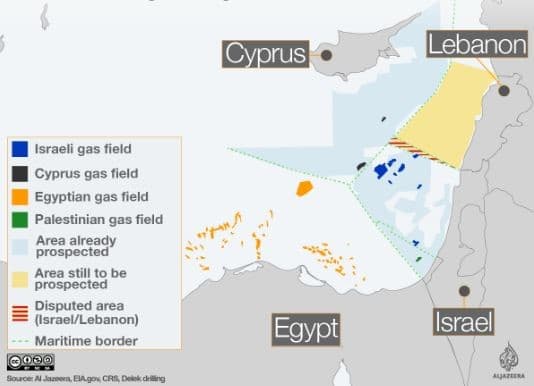Despite finding itself the midst of a massive glut, the United States ethanol industry is set to see three new plants come online over the next year, adding a combined annual production of 270 million gallons to the nation’s already ballooning ethanol oversupply. The industry has been plagued by overproduction and low demand since 2015.
Over the past 5 years, ethanol production has increased by 10.5 percent, rising from 14.3 billion gallons in 2014 to 15.8 billion gallons in 2017. This is despite the fact that only one new ethanol plant began production in the years between 2015 and 2018. The increase is in large part due to more efficient means of production, allowing producers to get more fuel out of each kernel of corn, and the expansion of existing plants in lieu of building new plants from the ground up.
Now there will be three new plants coming online all within a span of mere months. Atlantic, Iowa will be home to 120-million-gallon-a-year dry mill ethanol plant Elite Octane, LLC before the end of 2018. Ring-Neck Energy & Feed, LLC will go online in Onida, South Dakota in early 2019, and ELEMENT, Inc., a 70-million-gallon-a-year ethanol plant, is currently under construction in Colwich, Kansas.
In an effort to reduce the U.S. ethanol glut, which is undeniably about to skyrocket even higher, the industry has been strategizing aggressive campaigns to boost demand. It has become abundantly clear that in order to return to its strong profit margins of 2013-2014, the U.S. ethanol industry will need to look overseas. Part of the ethanol industry’s auto-resuscitation plan involves increasing its market share of liquid fuel in the U.S. by promoting higher ethanol blends like E15 (15 percent ethanol to a gallon of gas), E30 (30 percent), and E85 (85 percent), but this angle alone will not produce nearly enough demand to contend with supply.
…click on the above link to read the rest of the article…




















